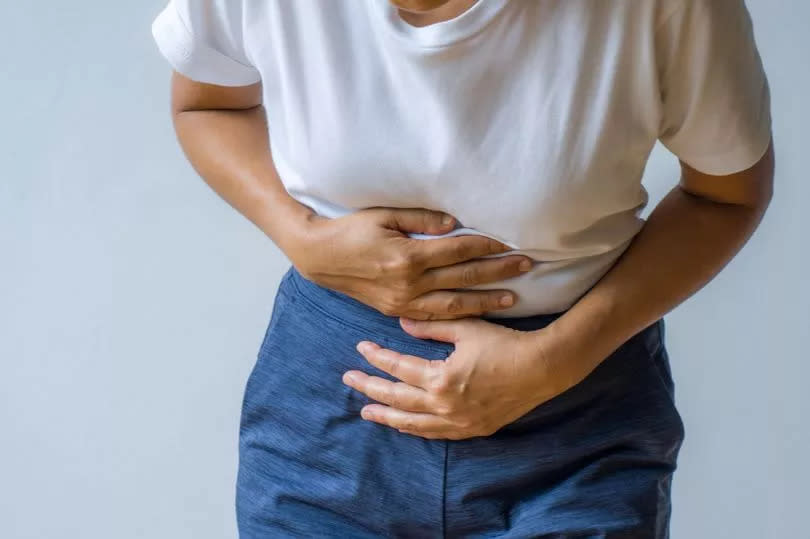Seven colours your stools could be, what they mean and when to worry

The appearance and colour of your stool can offer vital insights into your internal health. While it might be tempting to flush and forget, taking a moment to inspect what you leave behind in the toilet bowl could be key to staying healthy.
Healthy stools should be brown, soft, and solid. It's not unusual to spot remnants of food either.
Experts at ZOE report that it's healthy to empty your bowels between three times a day and three times a week. Many factors can influence how often you do, including your diet, how much water you drink, and your stress levels, among others.
If something seems unusual for you, it’s important to see a doctor and get it checked out. Worries should arise when there are changes in colour and texture - though these could have harmless explanations too.
Some alterations are temporary and don't necessitate a doctor's visit. However, others do require medical intervention, reports the Express.
Black:
Your stools may turn black if you're on iron supplements or bismuth-based medication. Consuming lots of liquorice can also darken your poo.
If the change in colour is due to medication or iron tablets, it shouldn't pose a problem. But if you're worried, you can consult your GP or a pharmacist. This type of stool is typically hard and not sticky.
Black stools could also signify bleeding higher up in the digestive tract, such as from the stomach. If your stools turn black for no apparent reason, you should see your doctor.
You should urgently contact the NHS if your stool is black, tarry, smells foul, and is accompanied by stomach pain.
Red:
Red stools can result from eating beetroot or consuming red food dye in food and drinks. However, red stools could also signal bleeding in the bowel.
Bowel bleeding can be triggered by various conditions such as ulcerative colitis, severe food poisoning, Crohn's disease, diverticular disease or bowel cancer.
If the blood is coating the outside of the stool, this might be a result of piles (haemorrhoids) or anal fissures. It's crucial to contact your doctor if you suspect you have bowel bleeding.
Silver:
This is a rare colour and is not a good sign. The silver hue is produced by combining black tarry stools and grey stools containing fat, due to malabsorption.
This colour of stool should be urgently discussed with your doctor as it may be a symptom of cancer. This type of cancer develops in the tubes leading from the gallbladder and pancreas and is called 'Ampulla of Vater cancer'.
Green:
Green stools can be caused by consuming a lot of green vegetables, or green food colouring in food and drink. Green is entirely normal in young babies.
The green colour of stools, if someone has a gut infection, is usually caused by the bacteria salmonella, a parasite called giardia, or a virus called norovirus. Most gut infections do improve in five to ten days with self-care but speaking to a doctor to check can help.
Orange and yellow:
Orange stools can occur if you have consumed a very large amount of food containing a substance called beta-carotene. Beta-carotene is found in foods such as carrots (these are not likely to cause a problem in normal portion sizes).
Stools that are orange or yellow can also be a result of a condition known as bile acid diarrhoea, which leaves bile in the stools without being reabsorbed, thus changing the colour of the faeces.
This can happen if you have liver or gall bladder disease, or if you've undergone bowel surgery or have disorders of the small intestine. Infections in the small bowel can also lead to yellow stools. It's advised to consult your doctor if you suspect that you're not absorbing fats properly.

 Yahoo News
Yahoo News 
